6. Midsommar (2019)
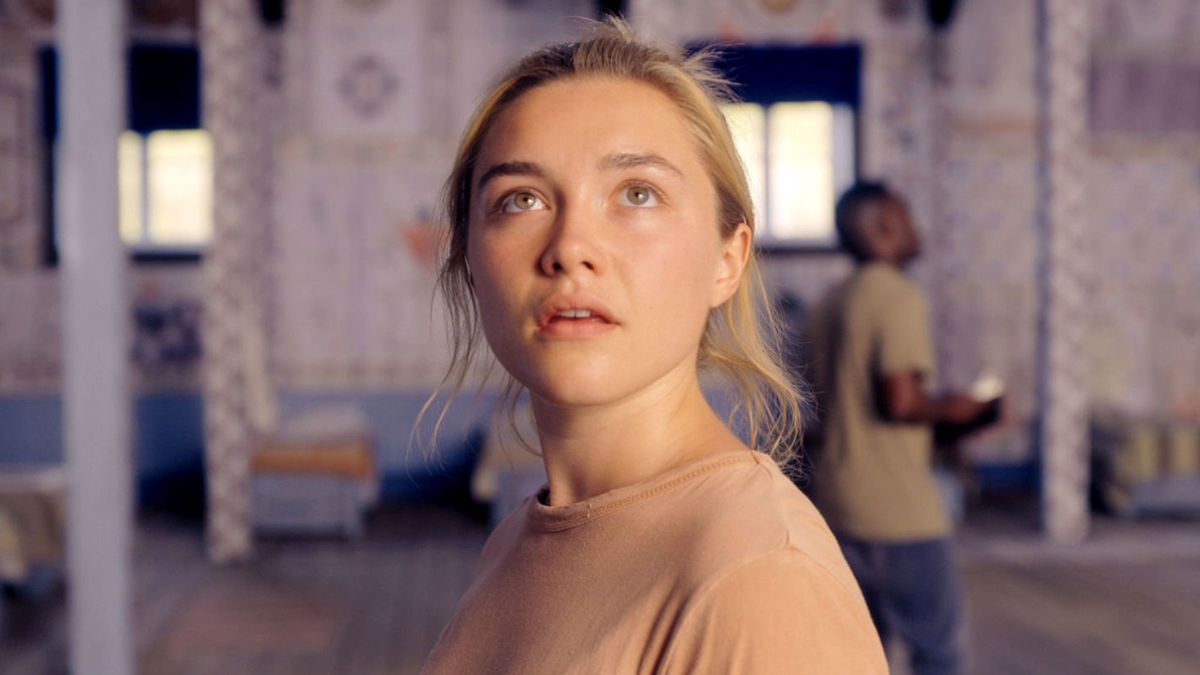
If Hereditary proved that Ari Aster can make a great film, Midsommar solidified him as a great filmmaker in his own right. This 2019 folk horror follows Florence Pugh and Jack Reynor as Dani and Christian, a young couple who go to Sweden to observe a neopagan Midsommar ritual, all while their deteriorating relationship careens toward a breaking point. The film’s execution is as unusual as its premise, expanding on the ritualistic elements found in Hereditary in the form of a two-and-a-half-hour hallucinatory cultish nightmare in broad daylight. This discomfort works on a visceral level while serving also as an allegory for the feelings of these characters as they advance through the various “stages” of an emotionally devastating breakup.
Accompanying Aster’s affinity for ritual is his astounding attention to detail. Every piece of the cult’s clothing is specifically designed using an alphabet he designed himself and the walls are adorned with runes and murals that are all meticulously crafted and placed. The detail is so exquisite, in fact, that many parts of the film are first foreshadowed through a drawing or symbol somewhere prior. This works wonders for the immersion of the film, bestowing an air of ritualistic inevitability over everything that happens without lessening the impact of its more shocking moments. No matter how shocking it gets, though, what stands out most about Midsommar is its capacity for being equally gorgeous and nauseating. Horror usually saves the nightmares for the shadows, but in this film, Aster drags his demons kicking and screaming into the light.
7. The Witch: A New England Folktale (2015)
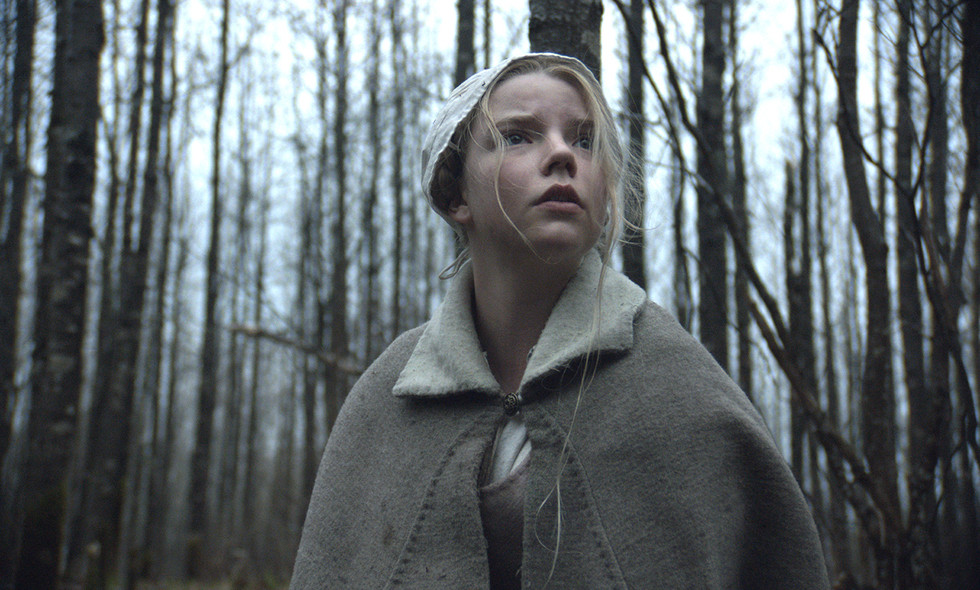
In Puritan New England, you are always in danger. You are in a new land, surrounded by thick forest and untamed wilderness. Even when you’re with your people, the Devil is always coming for your soul. And if you give in to sin, you’re on your own in that untamed wilderness. This constant paranoia, the endless checking over one’s shoulder for dangers both present and spiritual, is the backbone of Robert Eggers’ watershed 2015 debut, The Witch, which follows a Puritan family banned from their colony over a religious dispute. While the family fights to survive the harsh New England wilderness, a witch lurks in the wood, terrorizing them as they turn on one another and accuse each other of witchcraft.
The Witch is a thoroughly unsettling film, and a large part of that is accomplished through stunning direction from Robert Eggers. Eggers, a self-proclaimed obsessive when it comes to folklore, imbues the film with authenticity in every frame. The makeshift house structures were crafted by experts in the time period, all of the dialogue is period-accurate (to the point you may need subtitles!), and the story itself is based on real folklore concerning witches and the nature of evil. This evil presence palpable in every frame, represented by the thick darkness of the woods which surrounds our characters on every side.
Eggers’ authentic grip on both legend and history is so assured that he’s able to employ them to explore more modern themes. He presents the witches and the Puritans as opposite sides of the same coin, with murderous liberation on one hand and restrained non-existence on the other and asks the audience to face that choice, all summated in one fateful line: “Wouldst thou like to live deliciously?”
8. Mandy (2018)
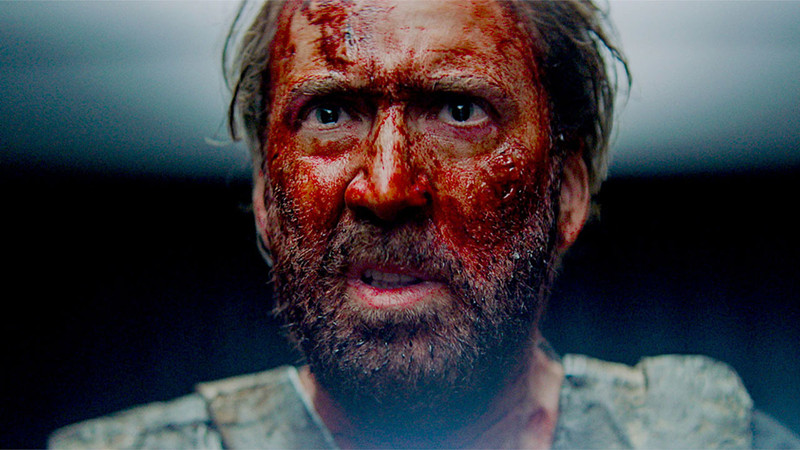
There is no performer in the world, in any industry, quite like Nicolas Cage. Regardless of the quality of film he’s appearing in, his unpredictable acting style is always a sight to behold. This principle has never been truer than in Panos Cosmatos’s 2018 psychedelic horror/action film Mandy. After his wife, Mandy, is kidnapped and murdered by a cult full of LSD-huffing former hippies with the help of a demonic biker gang, Nicolas Cage’s Red immediately vows revenge. Well, first he sits on the toilet for a while, screaming/crying with rage, all while knocking back an entire handle of vodka. Then it’s time for revenge.
As this synopsis would indicate, Mandy is far from your typical slasher horror feature. Indeed, Cosmatos has crafted a frightening and hypnotic feast for the senses in the vein of Dario Argento’s Suspiria, where story details of the film are less emphasized than the visceral experience of simply watching it. Cage’s manic energy is channeled back into a film that has the audacity to be even crazier than he is, and the drug-fueled trappings of the plot allow for the visuals to take a turn towards the downright dazzling at every opportunity. That is, between the head smashing, axe swinging, body burning phantasmagoria that characterizes the back half of this absolute rollercoaster of a horror film.
In the end, description was always bound to fail Mandy. This is truly one that simply must be seen to be believed. And that’s without even getting into one of the greatest Cage scenes of all time: The way that he delivers “You ripped my shirt!” (No spoilers).
9. Rec (2007)
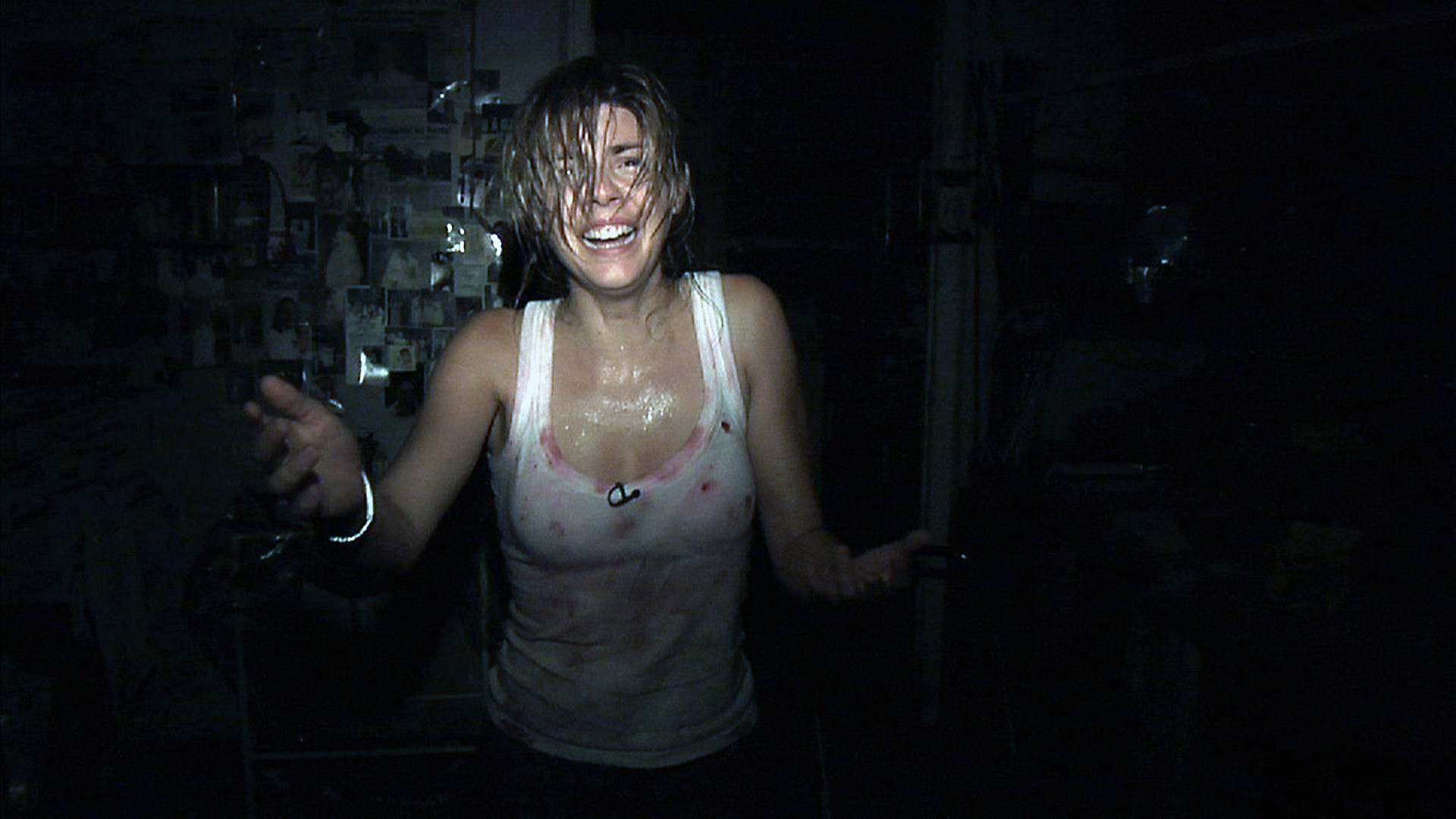
Rec (a reference to the “recording” indicator on a digital camera) presents another compelling case for the found-footage genre…and given recent world events, it is certainly one worth revisiting, post-2020. The Spanish-language film follows news reporter Manuela, who finds herself in a forced quarantine after a deadly disease breaks out at a building she is covering a story in. The disease seems to make those who catch it aggressive and violent, and it spreads to anybody who is bitten by an infected person. The situation escalates quickly, as directors Jaume Balagueró and Paco Plaza never let their characters – or the audience – stop to catch their breath. For the brisk 75-minute runtime, the directors refuse to take their foot off the gas.
It is impossible now, after the year that was 2020, to watch Rec the same way that we once did. Suddenly, the zombies feel a little bit closer to us than they did before. The spread of the disease through the building, and the devastating impact that it leaves behind, is now something that a lot of people can personally relate to. The once-unremarkable apartment building, a place of safety to everybody who lives there, suddenly becomes a funhouse of horrors, bringing violence and danger into the scariest place possible – the one we call home. In 2007, this theme, along with the boots-on-the-ground documentary presentation, made Rec one of the most effective found-footage horror films ever made. In 2021, Rec retains its ability to frighten, but in a whole new light.
10. Green Room (2017)
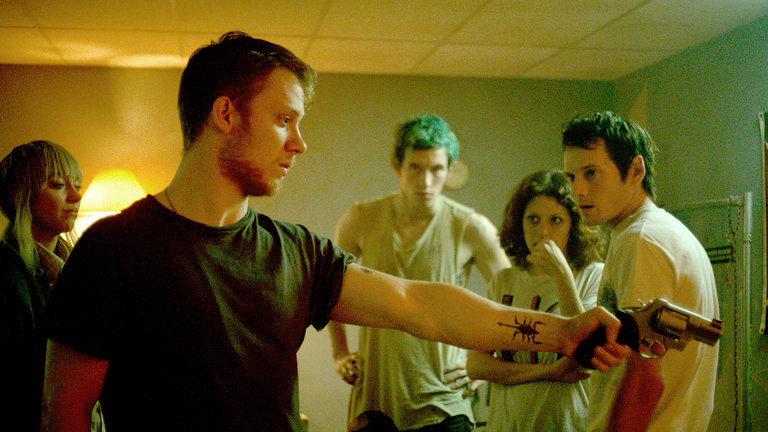
Jeremy Saulnier’s Green Room centers on a starving punk band who find themselves at a backwoods venue playing for a crowd of criminals. Content with collecting their money and leaving, their plans are complicated when they inadvertently witness a crime in the green room. Since the criminals would rather not have any witnesses, the band finds themselves trapped in a desperate situation where all roads lead to violence. Green Room’s white-knuckle grip never relents, and even the quietest moments are drenched in atmosphere a truly terrifying worse-case scenario play out before our eyes. Violence in this world has weight and is taken seriously – it’s clear from the first moment that our main characters are outmatched, and they know it too. That knowledge hangs over the film, injecting every scene with the inevitable feeling that this could only go one way.
Of course, none of this gritty realism would feel natural at all without strong performances. Fortunately, Saulnier had the benefit of working with an entirely game cast. Standouts include Patrick Stewart, who plays the leader of the skinheads with a simmering, ghostly menace that’s so intimidating it’s sometimes hard to look at him, and Anton Yelchin, who clearly would have gone on to much bigger things, in a just world. The performances work in tandem with the top-rate direction, cinematography, and crackling sound design in one of the most punk-rock thrillers of recent years. And that is absolutely a compliment.